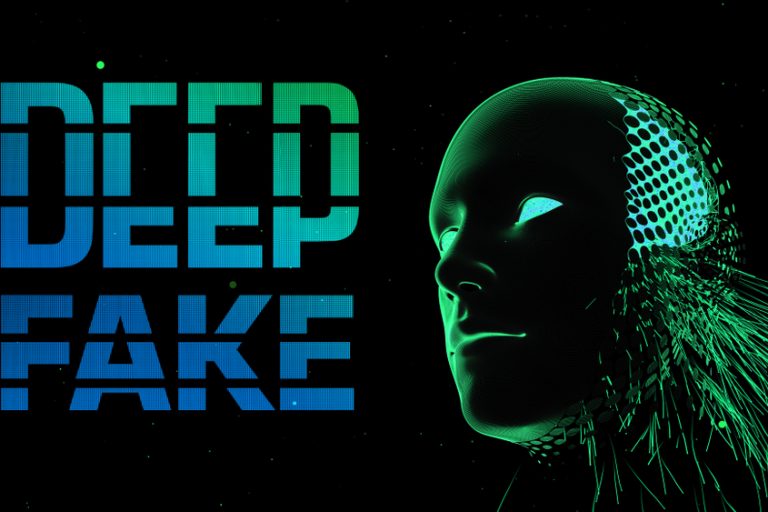My Three Cents

Ken Makovsky
Tuesday, March 21, 2017AI and the Future of Communications
If the promise of artificial intelligence (AI)[1] becomes reality – and it seems well on its way – within the next two decades (by 2038) a full one-third of the U.S. workforce will suffer significant declines in employment, per a recent Huffington Post article by former Stanford University physics professor Jay Wacker. These are jobs where labor is a major component of cost – vehicle operators; automated warehouses; retail sales workers, cashiers, and restaurant servers; building maintenance.
An additional third of the labor force will see big changes, leveraging AI tools to make them more productive. Think white-collar jobs in office and administrative support, as well as management and business operations jobs (example: accountants, as The Wall Street Journal reports), and production and manufacturing jobs. Good for business, but not as good for workers as fewer will be needed.
With such great change on the horizon, should communicators be worried?
The answer: Yes and no. Professor Wacker contends that creative jobs (such as art, design, and media) are “almost by definition impossible to automate.” Other AI experts believe certain aspects of what we do will be automated. These include analysis, report writing, and news writing, because “machines can be taught to … analyze almost any kind of research materials and create very readable writing,” according to consultant Shelly Palmer.
The Massachusetts Institute of Technology (MIT) identified three skill areas where humans beat machines, two of which apply to communications:
- Creative endeavors such as creative writing, entrepreneurship, and scientific discovery.
- Social interactions, where emotional intelligence reigns, bodes well for “managers, leaders, salespeople, negotiators, caretakers, nurses and teachers.”
I agree that communicators will be hard to replace, but that we must combine these nuanced skills with advanced technology proficiency to remain competitive and deliver client value.
The fact is, our field is already benefiting from AI or AI-like capabilities, especially as it concerns campaign measurement and audience targeting. I am optimistic that capabilities will get even better and will allow us to devote more time on the strategic and creative dimensions of our profession. I find the possibilities exciting.
Industries that are allied to ours, such as journalism, are also on that path. For example, the Associated Press wire service already follows and produces quarterly earnings reports for 4,000 companies, as well as some sports reporting, with automation– freeing reporters from drudgery and giving them more time for what they do best. AP is also using automation to tailor stories for targeted local markets.
New technology is almost always a horizon-broadener. I have never felt intimidated by the numerous technology (r)evolutions that have come and gone over the years and helped our company grow. Each wave has brought new learnings, new capabilities and services we can offer. Bring it on!
[1] So we’re all on the same page, by AI, I mean “the capability of a machine to imitate intelligent human behavior,” as Merriam-Webster defines it.











